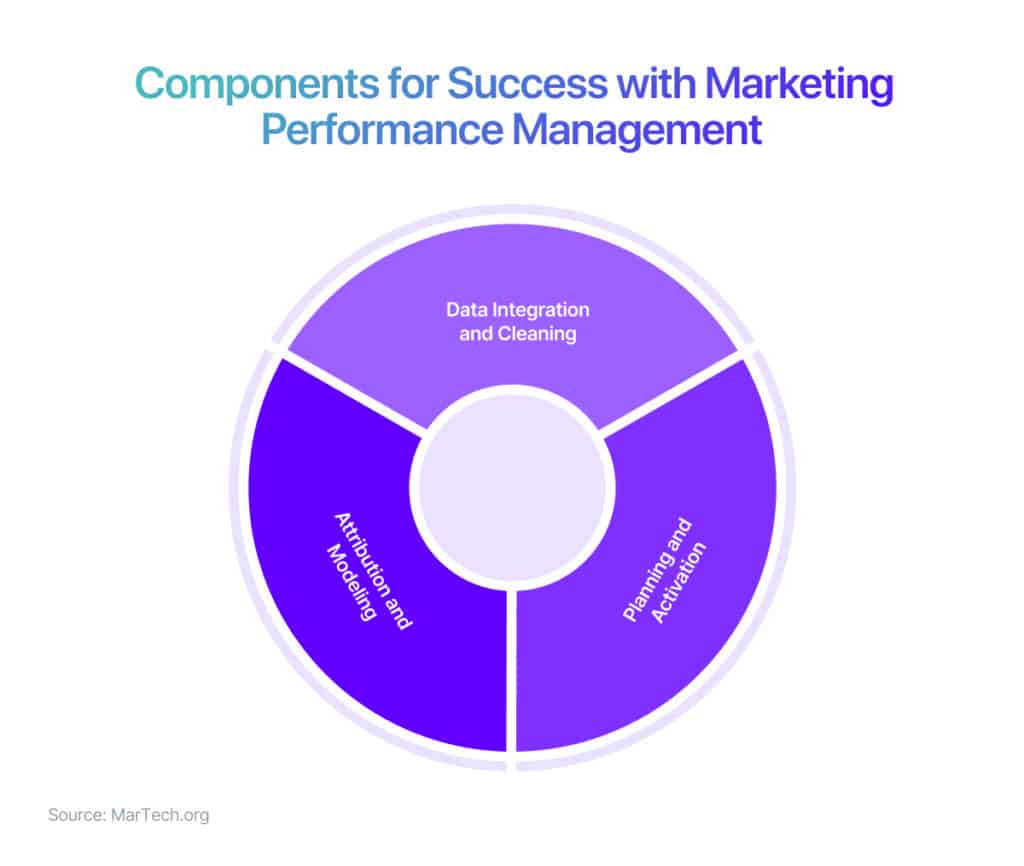John Wanamaker (1838-1922) famously said, “Half the money I spend on advertising is wasted; the trouble is, I don’t know which half.” It’s too bad he didn’t have access to predictive analytics to measure his marketing performance and for marketing management.
Wanamaker’s whimsical statement is now a multi-billion dollar industry. Marketing performance management is a rapidly growing industry with more and more CMOs focused on how they can prove the value of the marketing initiatives they launch and optimize each and every year. In fact, as media channels continue to converge and devices continue to proliferate, the difficulty of demonstrating that value only grows greater. As stated in a recent Forrester report, “Seventy-one percent of B2C marketing execs indicated that demonstrating the value of marketing to the CEO, CFO, and the board will be very — or extremely — challenging during the upcoming year.”
Marketing initiatives can become even more valuable to the business with Marketing Performance Management. Without a doubt, this is especially true when optimized and refined with AI-powered predictive analytics.
What is Marketing Performance Management?
According to Gartner, marketing performance management “encompasses the technologies and services for solutions that support marketing’s ability to gain access to insights, analyze data, make predictions, and optimize marketing programs, campaigns and resources.”
How Are Brands Implementing Marketing Performance Management?
Marketing performance management is an interconnected process. Each level or phase builds off another and feeds into the next. Above all, MPM is a virtuous cycle that creates a powerful feedback loop for marketers at every level.
There are three levels of marketing performance management (MPM), which include:
- Data integration and cleaning
- Planning and activation
- Attribution and modeling

Data Integration and Cleaning
The first level of marketing performance management focuses on gathering, integration, and cleansing of data. Data preparation software plays a big role at this level. These tools allow you to ingest and clean data from various sources (online and offline). After data is collected, you can analyze and model it.
Business intelligence software also plays an important role within this phase. BI tools help you visualize cleansed data in reports and online dashboards.
Planning and Activation
Once your data is cleansed, you can then activate it with marketing ad campaigns. Within the marketing performance management framework, data is usually activated in building and targeting audiences.
- Audience building: Leveraging first-party data, build and model audience segments of your most profitable customers. You can then upload those audiences into your DMP, MMP, CDP, etc., to build lookalike models.
- Audience targeting: With platforms like Google, Meta, the TradeDesk, or other third- party ad platforms, target these newly built audiences — driving campaign efficiencies and conversion events.
Attribution and Modeling
According to MarTech.org, attribution is the task of assigning weight to every touchpoint in a marketing campaign, based upon its contribution to revenues. Attribution and modeling today encompass many tools, from third-party attribution software providers to home-grown solutions.
There is no one-size-fits-all approach to data attribution and modeling. However, it is important to understand the options. Various tools can provide you insights you need to achieve data-driven decisions within your marketing programs.
Modeling your data is a considerable undertaking. In reality, depending on the size of your customer database, third-party analytics and modeling software may be needed to support your efforts.
The Next Step: AI-Powered Predictive Analytics
Using AI and machine learning will not only help you analyze your data faster, but these technologies can also uncover insights and patterns unrecognizable to a human eye.
While looking back at historical data to assess attribution is useful, it’s more powerful to use your historical data to gain knowledge about future customer behavior. That knowledge helps you decide what to offer customers when and in which channel to optimize your campaigns. Though AI has long been available only to those with sophisticated training in data science, new innovations have made AI available to all business teams. In particular, those teams include marketing professionals looking to maximize the potential of their customer data.
To help you evaluate whether — and how — to adopt AI within your marketing department, we’ve created a helpful guide that will help you choose the right strategy.